Our Experts

Our expert, award-winning staff selects the products we cover and rigorously researches and tests our top picks. If you buy through our links, we may get a commission.
Reviews ethics statementEveryone with a phone needs to pick which carrier and options they want to go with, but not everyone's needs are the same, including our older friends and family. There's plenty to consider when choosing the best phone plan for older adults.
A good place to start is our best phone plans page, which breaks down the best phone plans from big US carriers, smaller operators and other providers. While some plans might look the same, a deeper comparison will reveal different perks and conditions that may appeal to you. All standard 5G plans offer virtually the same speeds as others, although speed and coverage can vary between carriers and by location. The plans themselves differ in their features; some offer more data per month and others offer mobile hotspot data, as well as bundled extras like subscriptions to streaming services.
Carriers also offer plans that provide discounts to people age 55 years old and older. These options can even be combined with other deals and can be helpful for those on fixed incomes. Such plans typically have some or all of the same features as other plans. Below, we've pointed out how these plans differ from their standard counterparts. For the most part, subscribers shouldn't expect much difference in service, but some of these plans may be missing fun perks like bundled streaming services.
What is the best phone plan for older adults?
T-Mobile's Essentials 55 Plus plan is a discounted version of the carrier's Essentials plan suited for customers over 55 years old and is notably more affordable: a quality we're prioritizing for readers on limited budgets. Despite the value, Essentials 55 Plus still has 5G connectivity and 50GB of data, which is a generous allotment for a no-frills service without the extra bells and whistles of pricier plans.
Best senior phone plans of 2024
For one or two people who just want to stay connected at reasonable speeds but don't need a lot of extra features (or don't want to pay too much), T-Mobile offers a significantly cheaper plan for older adults than competitors with Essentials 55 Plus. This plan includes 5G access and is $40 per month for one line or $55 per month total for two lines when signed up for autopay. It's the best value for one or two people, though they won't be able to expand to three or four lines.
The tradeoff is in the fine print, with Essentials 55 Plus customers getting lower speeds when they use over 50GB of data in a month or when T-Mobile's network is congested from extensive customer activity, suggesting these customers are less prioritized than others. Video quality also "typically" streams at 480p, and tethering maxes out at 3G speeds (or 2G speeds in Mexico and Canada).
T-Mobile has also added a slightly pricier version of this plan called Essentials Choice 55. For an additional $5 per month ($45 for one line, $60 for two), the plan gives users access to T-Mobile's Scam Shield, an app service that can auto-block supposed scam calls and let you change your number once a year if the calls get overwhelming. Essentials Choice 55 users also aren't subject to the restriction of getting lower speeds when using 50GB or more of data a month.
Photo Gallery 1/1
T-Mobile also offers discounted versions of many of its regular plans for customers over 55 years old. For those who want a bit more functionality, data and some extras like getting a new phone every couple of years, T-Mobile's slightly discounted Go5G Plus 55 is worth checking out.
Its Go5G Plus 55 plan is $70 per month for one line or $100 per month for two lines (expandable to $150 per month for three lines or $200 per month for four lines) with autopay enabled. Note that current discounts make this plan cost the same as a standard Go5G Plus plan if using autopay, but it's less than the regular plan if you don't plan on using autopay. The plan includes the same perks as T-Mobile's standard plans, like up to 4K streaming, 50GB of 4G LTE hotspot data and 15GB of high-speed data (depending on the area, it may only be 4G LTE rather than 5G speeds) in Mexico and Canada. Plus, it includes subscriptions to Apple TV Plus and Netflix.
This plan also allows subscribers to upgrade their phone every two years, the same marquee perk that the standard Go5G Plus plan launched with. The only caveat is that plan owners will need to pay off 50% of their existing phone by the time they upgrade, but that shouldn't be too much of a problem for most subscribers. Subscribers can also get the same discounts on devices that T-Mobile offers new customers switching from other carriers.
The Go5G Next 55 plan is pricier at $80 per month for one line or $120 per month for two lines (also expandable up to four lines) and identical except for one thing: Subscribers can upgrade their phones using new customer device offers every year instead of every two years.
Note that T-Mobile also offers Go5G 55, Magenta 55 Plus and Magenta Max 55 Plus plans, which are cheaper than the above plans but offer less mobile hotspot data, fewer streaming services and don't include two-year phone upgrades. If you can live without the phone upgrades and want to save a few bucks every month, opt for the Magenta Max 55 Plus plan, which is $65 per month for one line or $90 for two lines, has 40GB of hotspot data per month and offers 4K streaming video.
Also, only the customer who signed up for these plans needs to be 55 years old or older; anyone on additional lines needn't fit that criteria.
Mint Mobile's Mint 55 Plus plan is a modest but affordable plan that can be as cheap as $15 per month per line if signing up for 12 months in advance, $20 a month for six months or $25 per month for three months. New customers can try the network for three months at a rate of $15 a month.
The tradeoff is that the Mint 55 Plus plan only offers 5GB of data per month, and mobile hotspot usage draws from that cap. Mint runs on T-Mobile's 5G network, providing similar 5G and 4G LTE service and availability as native T-Mobile customers. The plan doesn't offer any bundled extras like streaming service subscriptions, but it does provide access to the "MINTech Advisor" for on-call tech support in getting started with the plan, transferring phone numbers to the service and troubleshooting issues.
Currently, you can't sign up for Mint 55 Plus online. You'll need to call Mint's hotline at 833-655-1768 to sign up over a call.
Verizon has discounted plans for people aged 55 years and older, but they come with a huge caveat: They're available only to those living in Florida. If you meet this requirement, you can get discounted plans that are pretty similar to the standard Verizon plans.
Verizon offers its 55 Plus Unlimited plan with one line for $62 per month or $84 for two lines when signed up for autopay. New customers switching to Verizon may have an easier time signing up; if you're already a Verizon customer, you'll need to talk to customer support to get your plan changed to Unlimited 55. The plan includes 5G Ultra Wideband service with unlimited low-speed (600Kbps) mobile hotspot access but lacks the bundled extras like streaming services you can add to conventional Verizon plans.
Verizon isn't the only major US carrier with a special plan aimed at older adults living in Florida. AT&T has its Unlimited 55 Plus plan for slightly cheaper ($60 for one line or $80 for two lines). The plan includes 5G access as well as voice and data connectivity in Canada and Mexico. Current AT&T customers will need to visit an AT&T store to verify that they qualify for the plan. AT&T offers additional discounts for AARP members in Florida.
Check that you're actually saving money: Are you getting a better deal than a carrier's standard plans and offers? Most seniors-only plans don't provide substantial differences, so make sure it's worth pursuing.
Ensure availability: Some are restricted to certain states or limited in other ways, so it's worth checking the fine print to determine whether you're arbitrarily shut out from an otherwise appealing plan.
Check the coverage area: See if users around you are happy with their carrier and plan. Online forums, social media and even asking around the neighborhood can be helpful to determine whether you're about to sign up for disappointing speeds and service. If you're converting to a senior plan with your existing carrier, check to see if competitors offer better service. For that, here's our guide to switching carriers.
Picking a wireless plan and carrier comes down to what matters most. What works for you or your older family member's needs may be very different from those of your friends or neighbors.
We prioritize affordability and availability in our list, but those may not be the most important factors for you. If not, we recommend checking out our more general guides for plans, like our best cellphone plans and best family phone plans.
Value for older customers aside, every carrier differs in service. Even geographically, some areas have better AT&T coverage while others work better with Verizon or T-Mobile's networks. Our recommendations are based on years of covering and evaluating the wireless carriers, their offerings and their performance.
What is the cheapest phone plan for seniors?
Mint Mobile's Mint 55 Plus Plan is the cheapest phone plan for seniors, starting at $15 per month if you buy for a full year in advance. Even its minimum three-month plan at $25 per month is more affordable than plans from other carriers. The drawback is that it's a prepaid plan, meaning you'll have to pay in advance in months-long increments. Also, while Mint Mobile was bought by T-Mobile and operates on its network, its users may see slower speeds than T-Mobile users due to deprioritization.
Are there free phone plans for seniors?
US carriers currently don't offer free plans for seniors. Certain discount offers can help, which vary between states and counties. The federal LifeLine program provides assistance for low-income Americans which seniors can apply for, and certain states have their own similar programs to offer additional aid like the California LifeLine program.
What's the difference between prepaid and postpaid plans?
Postpaid plans are what most carriers offer, billing users at the end of the month and potentially penalizing cancellation before set times. On the upside, carriers often sweeten the deal with bundled features like streaming service subscriptions and offers for discounts on new phones. Prepaid plans offer more freedom, allowing users to buy service ahead of time for a fixed period, but rarely add extra features or discounts on new phones.


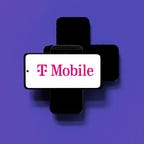
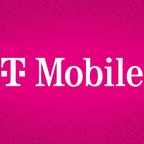

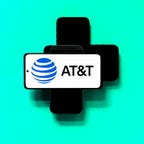


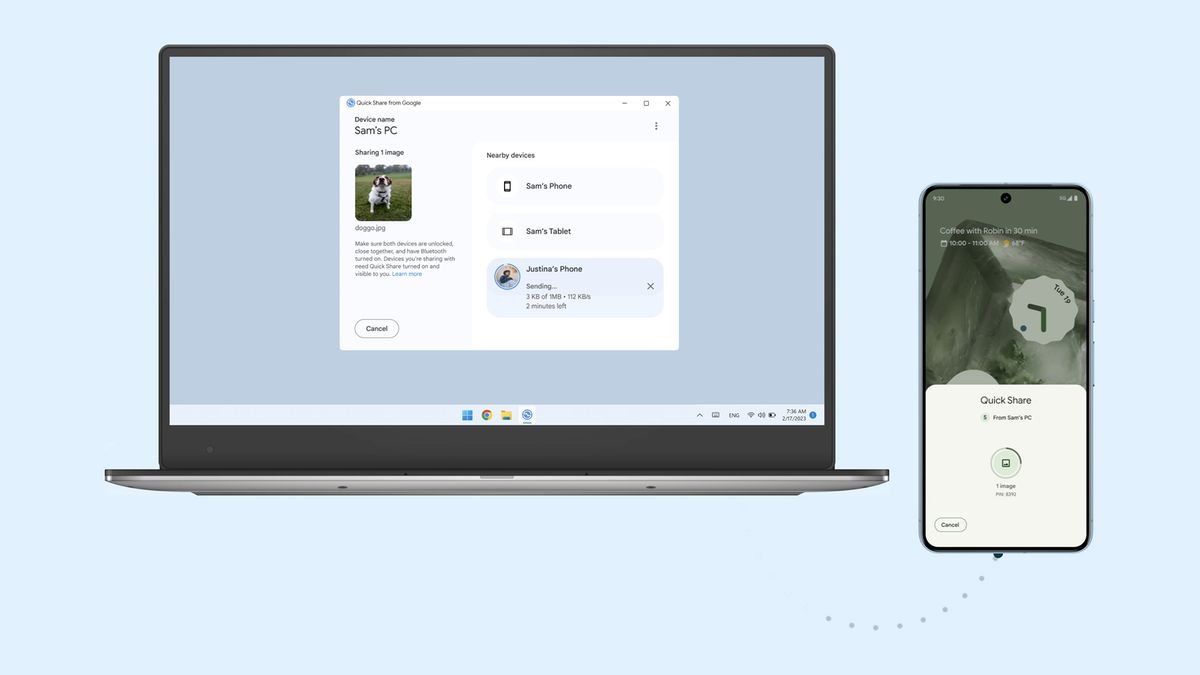

:quality(85):upscale()/2024/10/31/801/n/49351082/b84152bf6723c91b32cc73.86821940_.jpg)

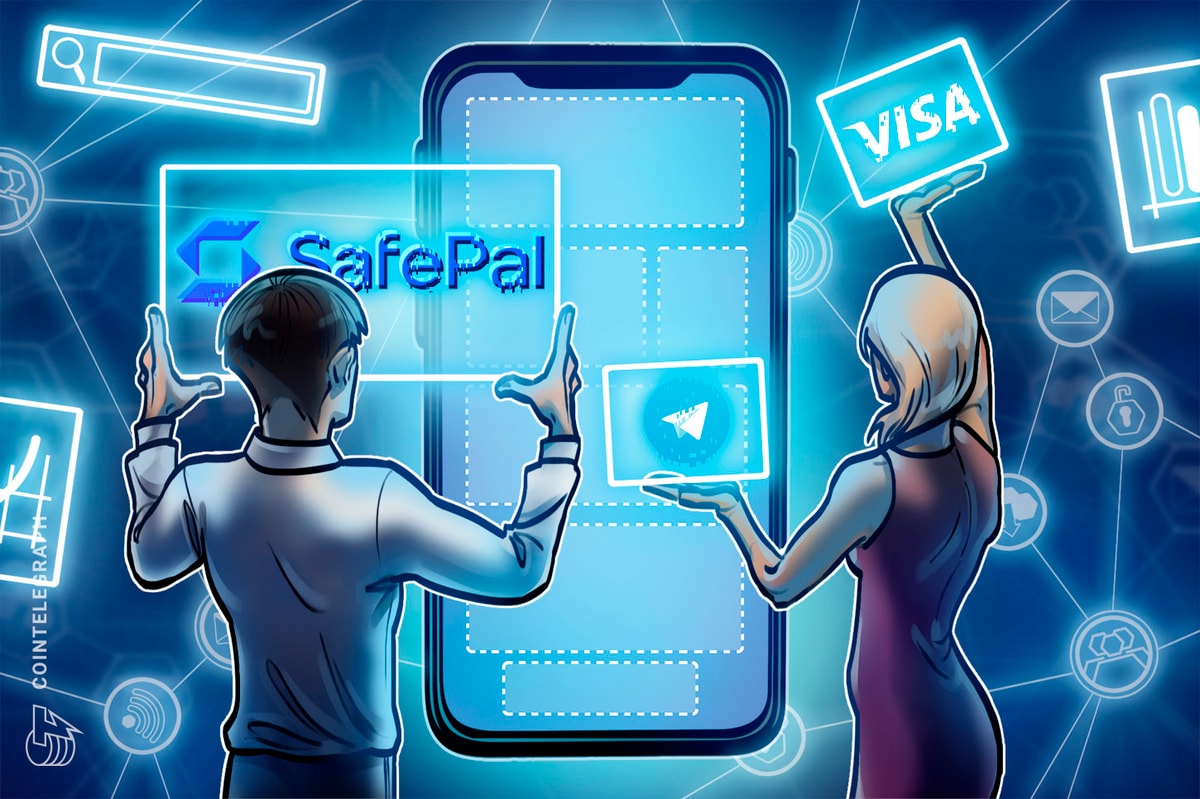
 English (US) ·
English (US) ·